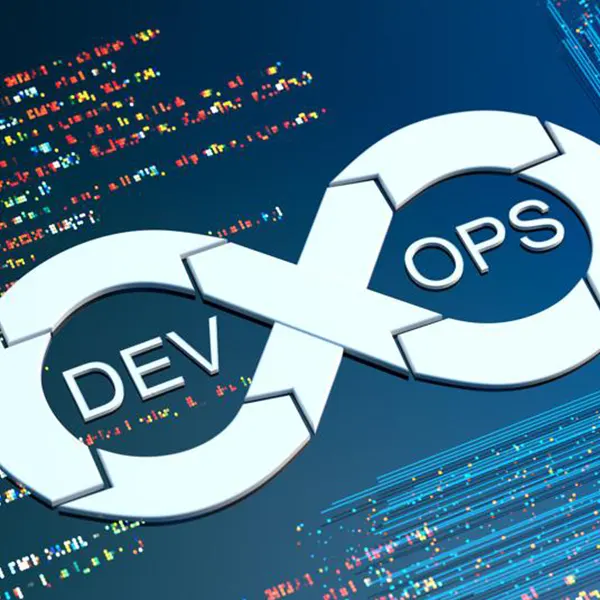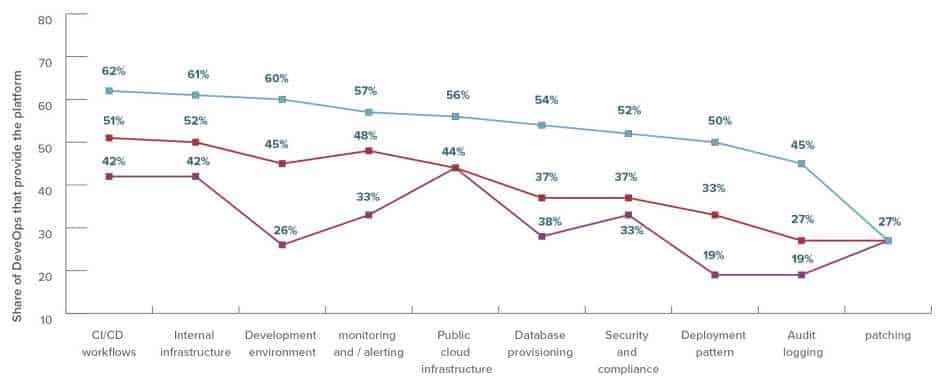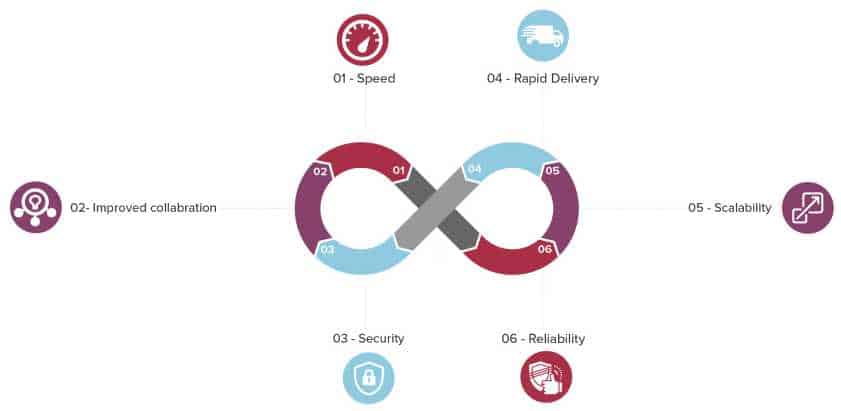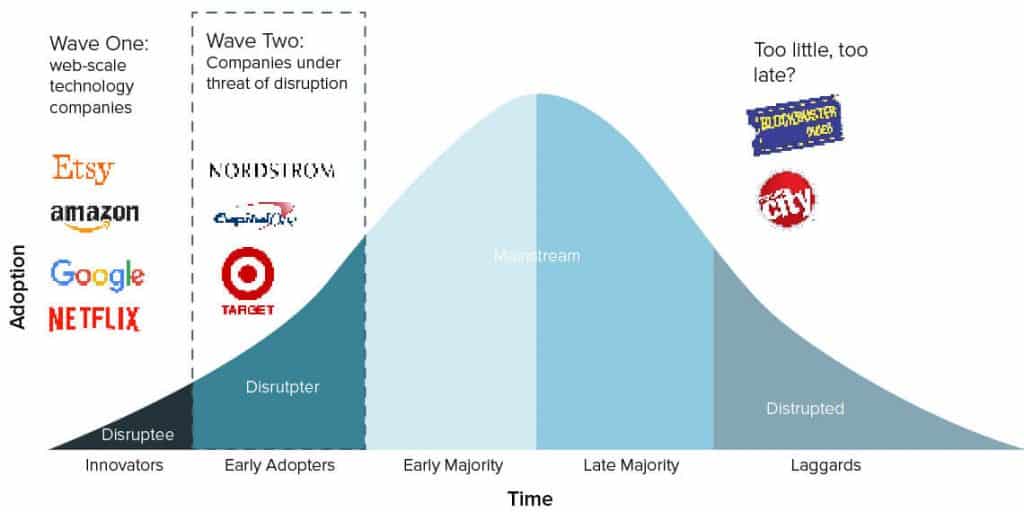



EarlyQuarterly release
IntermediateLess downtime and faster software releases
AdvancedZero downtime, continuous integration, deployment, and delivery.


EarlyUncoordinated goals between Development Q/A and ITOPs.
IntermediateGreater engagement between Development Q/A and ITOPs.
AdvancedIncreased collaboration and collective accountability lead to a quick recovery.


EarlySome environment parity, automated alerts, automated build and testing
IntermediateService-oriented monitoring, automated test and build
AdvancedComplete automation across building and testing.




DevOps has profoundly changed the way we build, run, and deploy applications. It has enabled organisations to promote better collaboration between operations engineers and software developers while improving productivity and workflow.
The transition from monolithic architectures to smaller, more agile, and independently deployable services is one of the primary drivers of DevOps adoption. According to a 2020 survey by O’Reilly, about 29% of organisations reported using microservices 12 to implement most of their systems.
In a 2021 survey by the CNCF, 96% of organisations are either using or evaluating Kubernetes 13, an open-source system for automating and managing containerised applications. Containers have become crucial to the decentralised approach to software development, allowing system administrators and developers to quickly and e ciently build, test, deploy, and maintain applications.
Before cloud computing, managing data centres was a significant hassle for organisations since everything had to be done manually. However, the evolution of cloud computing 14 gradually enabled software development and management on the cloud as a default approach, a trend further accelerated by containerisation and microservices.
DevOps owes much of its success directly to Agile. Before Agile, SDLCs were longer, and teams were siloed. Agile improved collaboration and significantly sped up development lifecycles, breaking projects into smaller deliverables and ensuring constant feedback. It paved the way for DevOps, which also focuses on the power of automation to improve collaboration.
Companies like Netflix, Amazon, Google, and Etsy were some of the earliest champions of DevOps, even before the term DevOps itself became widespread. These web-scale or large cloud service companies of the early 2000s needed to revamp their architectures and processes to support technology at their business core.
During the first decade of the 2000s, Amazon shifted from building monolithic apps with large development teams to microservice-based apps. The change was inspired by the philosophy that too large a team hampers e ective collaboration and lowers e cacy.
Among some of the early DevOps adopters are Nordstorm, Target, and Capital One.
In 2008, Netflix accelerated the transition to resilient, scalable, and distributed cloud-hosted systems after a database corruption a ected the company’s operations. Subsequently, in 2012, the online streaming giant embraced the DevOps principle of “Operate what you build” to deal with team silos and laborious deployments.
In 2011, a lack of performance testing in the code release process and a failed in-store application rewrite led Nordstorm to embrace continuous delivery and transition to infrastructure as code. Adopting DevOps allowed the technology organisation to achieve measurable outcomes, including more frequent feature releases, fewer bugs, faster deployment, and increased employee satisfaction.
American big-box department store chain Target contributed to the broader DevOps movement by remodelling its engineering culture after the 2013 data breach incident exposed a siloed organisational structure and substantial technical debt.


| Cookie | Duration | Description |
|---|---|---|
| cookielawinfo-checkbox-analytics | 11 months | This cookie is set by GDPR Cookie Consent plugin. The cookie is used to store the user consent for the cookies in the category "Analytics". |
| cookielawinfo-checkbox-functional | 11 months | The cookie is set by GDPR cookie consent to record the user consent for the cookies in the category "Functional". |
| cookielawinfo-checkbox-necessary | 11 months | This cookie is set by GDPR Cookie Consent plugin. The cookies is used to store the user consent for the cookies in the category "Necessary". |
| cookielawinfo-checkbox-others | 11 months | This cookie is set by GDPR Cookie Consent plugin. The cookie is used to store the user consent for the cookies in the category "Other. |
| cookielawinfo-checkbox-performance | 11 months | This cookie is set by GDPR Cookie Consent plugin. The cookie is used to store the user consent for the cookies in the category "Performance". |
| viewed_cookie_policy | 11 months | The cookie is set by the GDPR Cookie Consent plugin and is used to store whether or not user has consented to the use of cookies. It does not store any personal data. |
